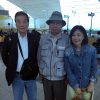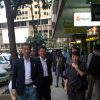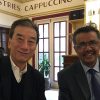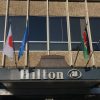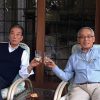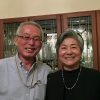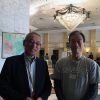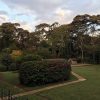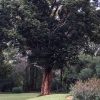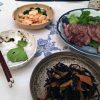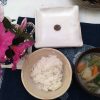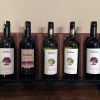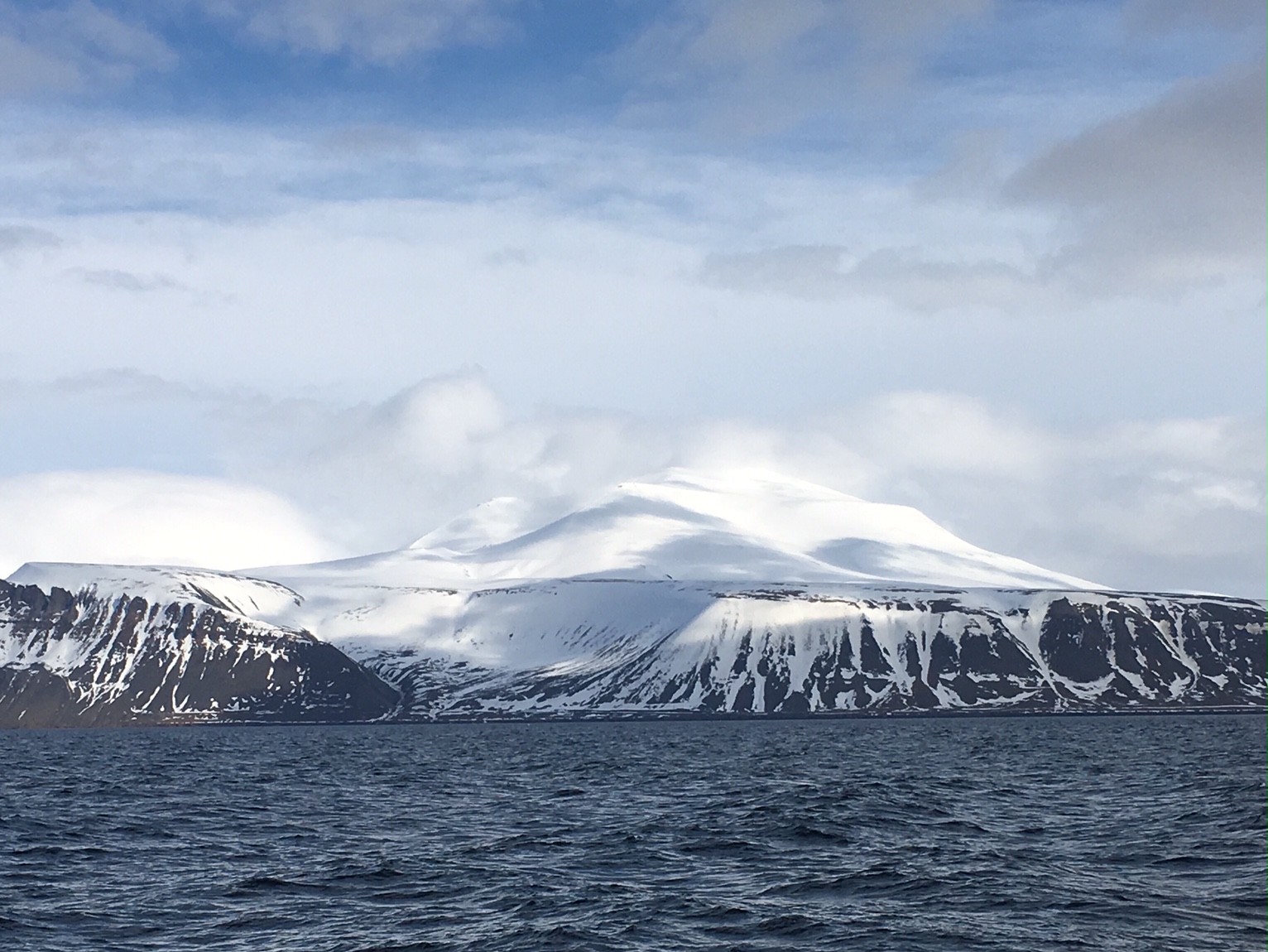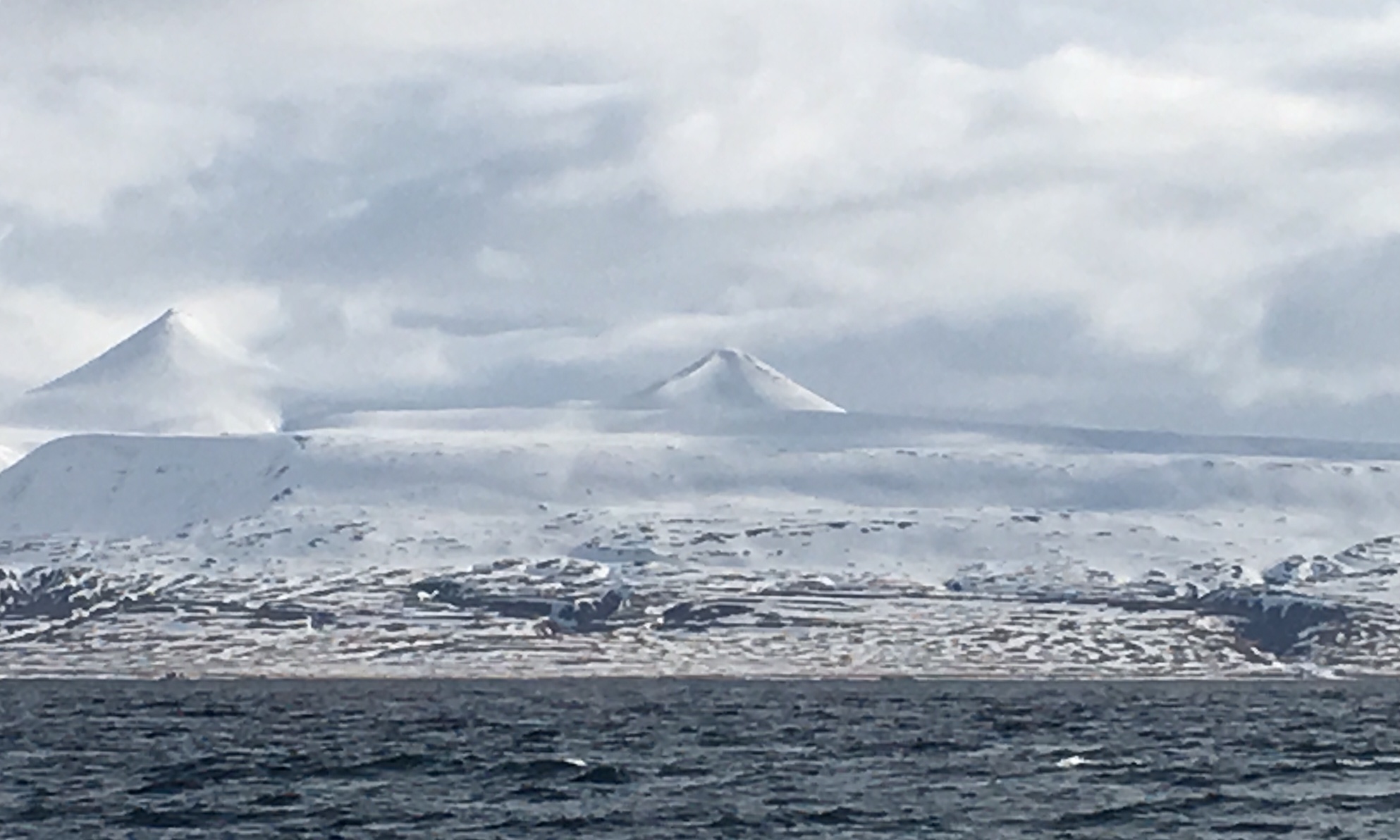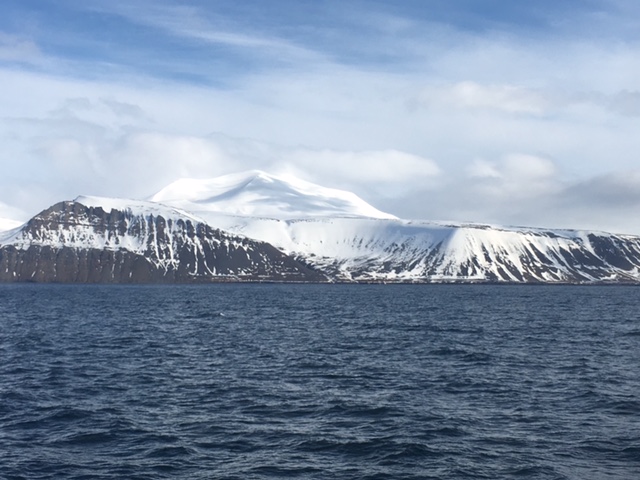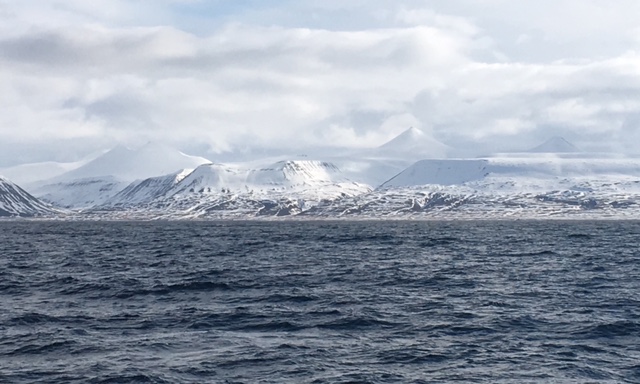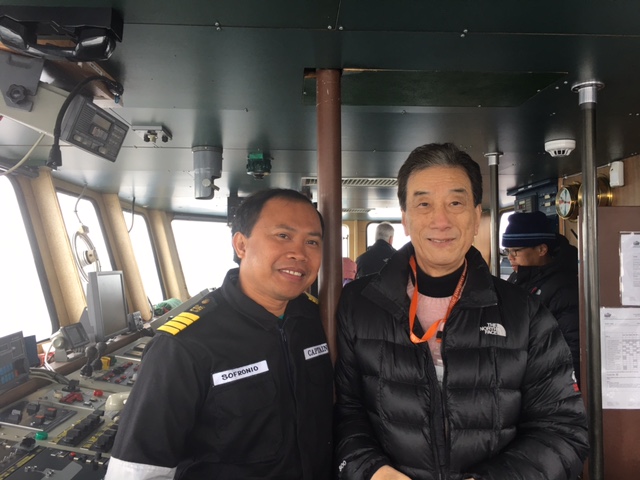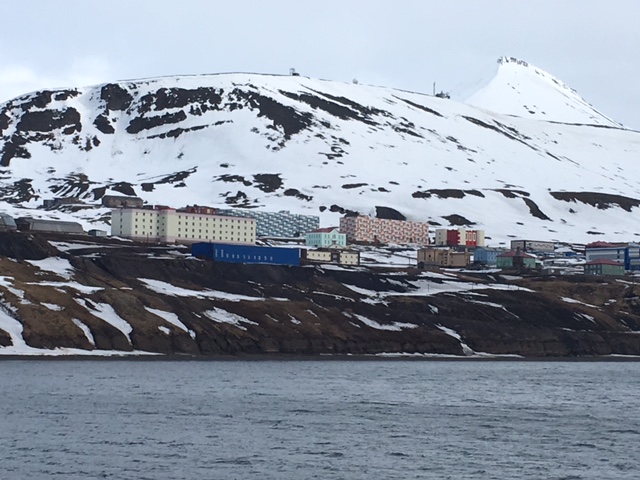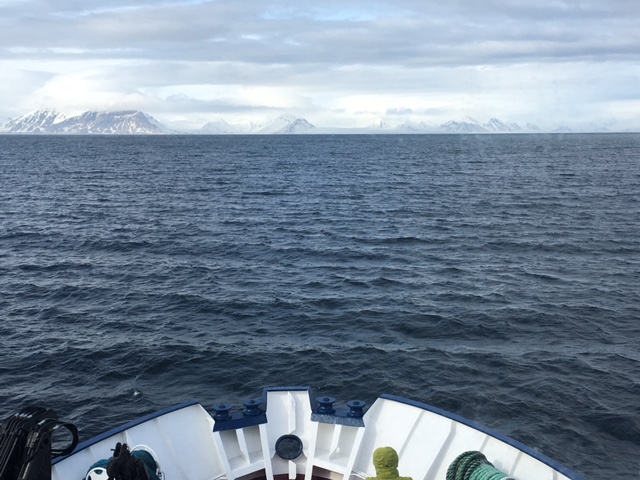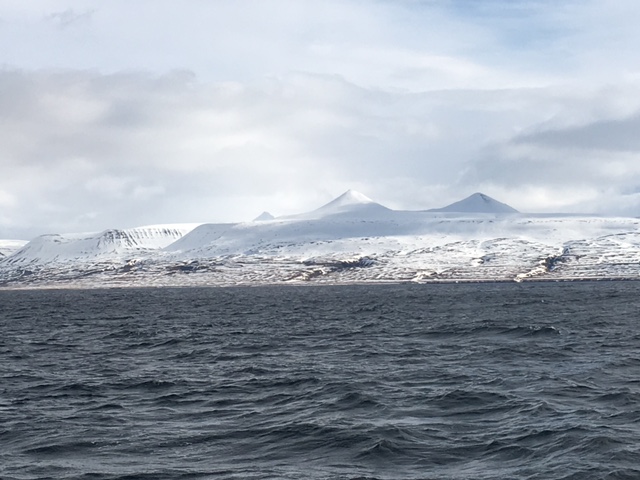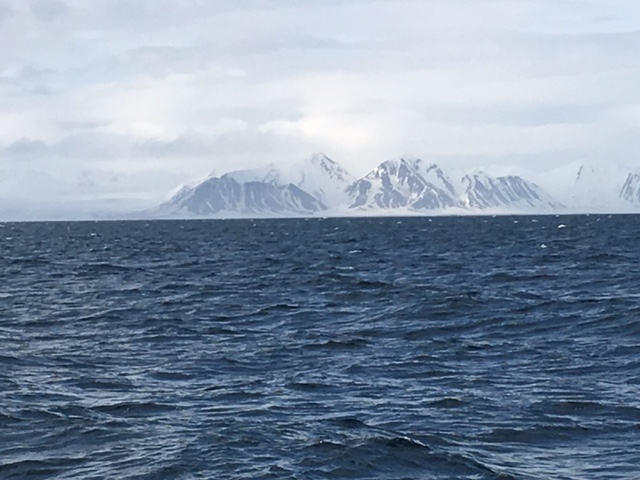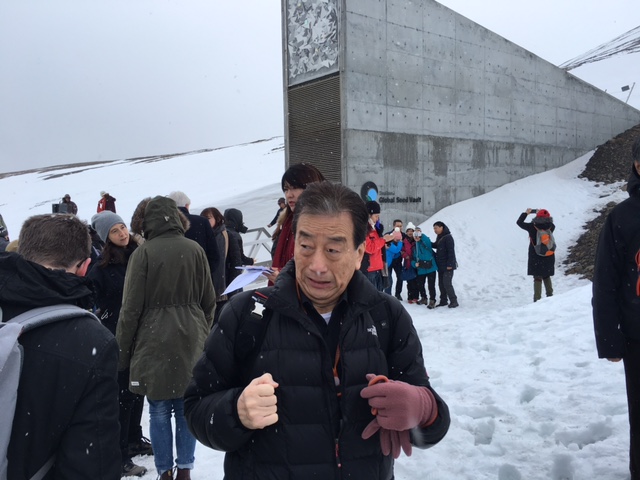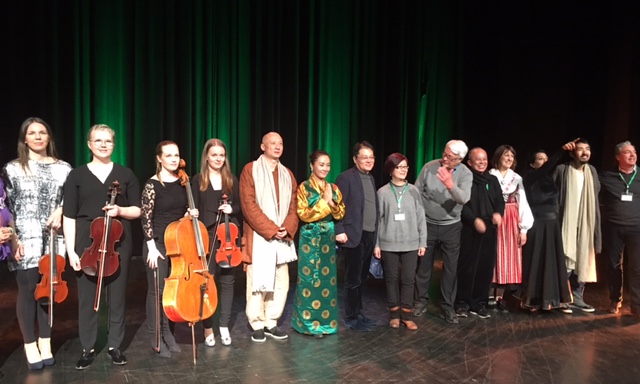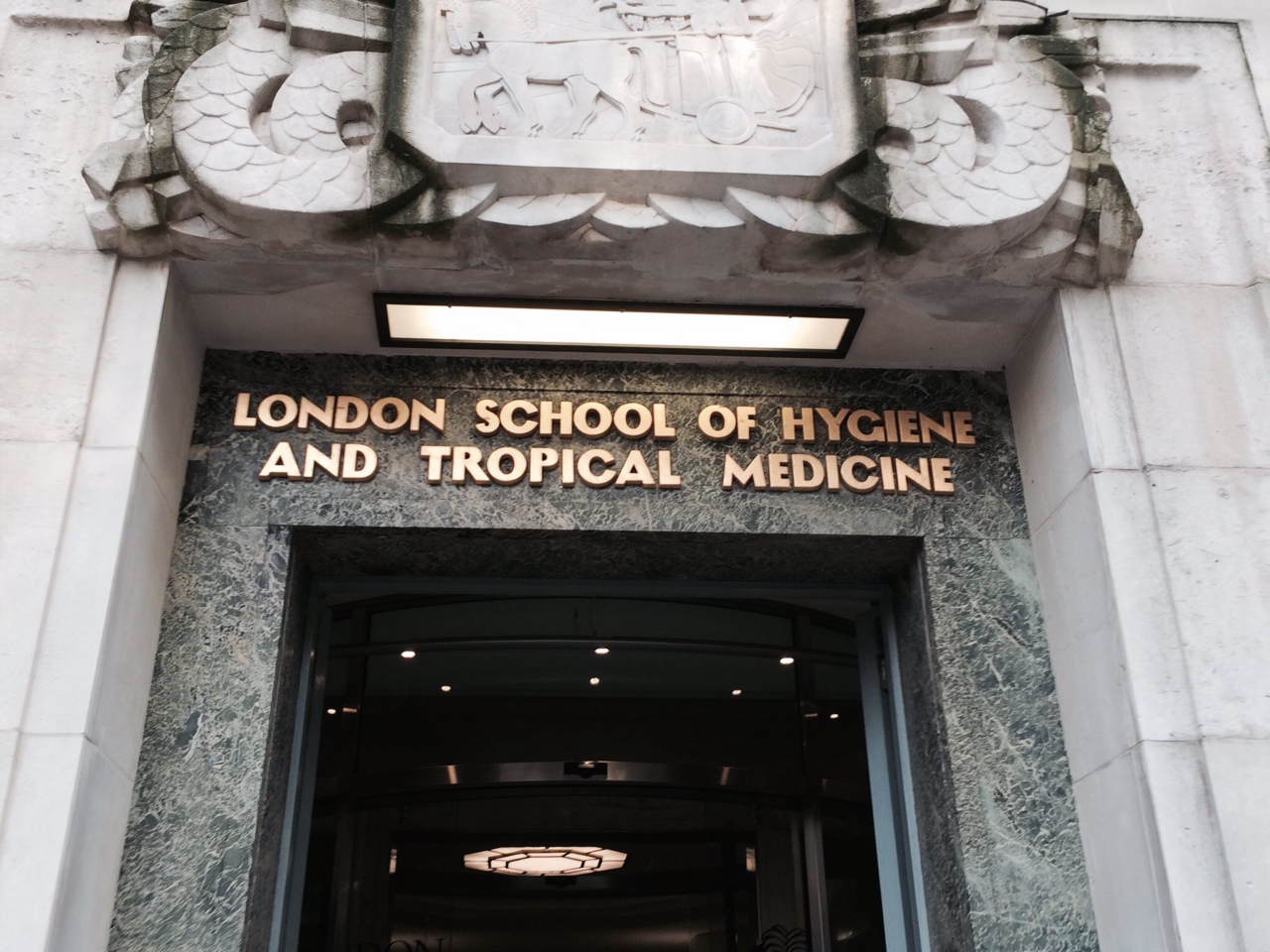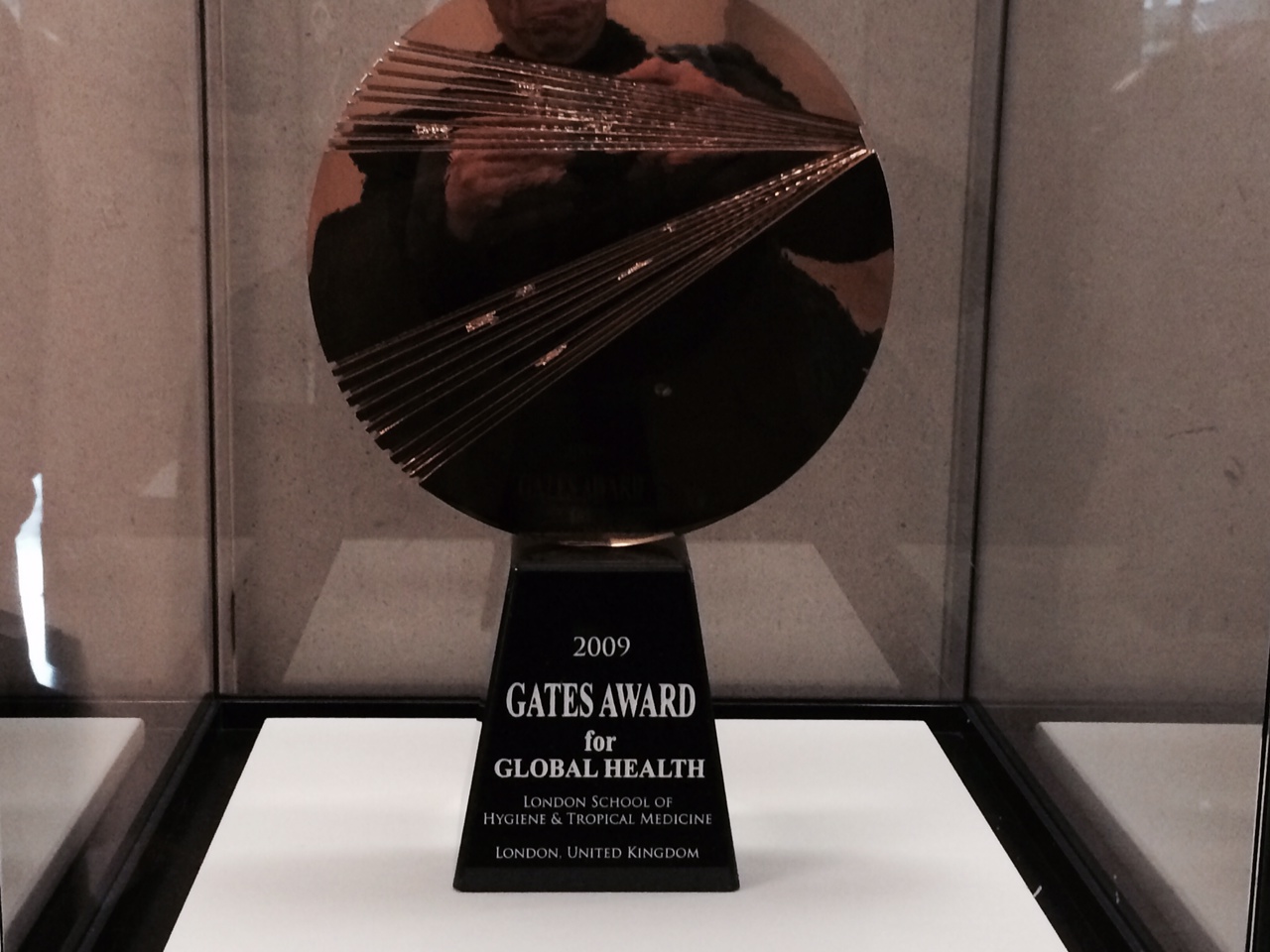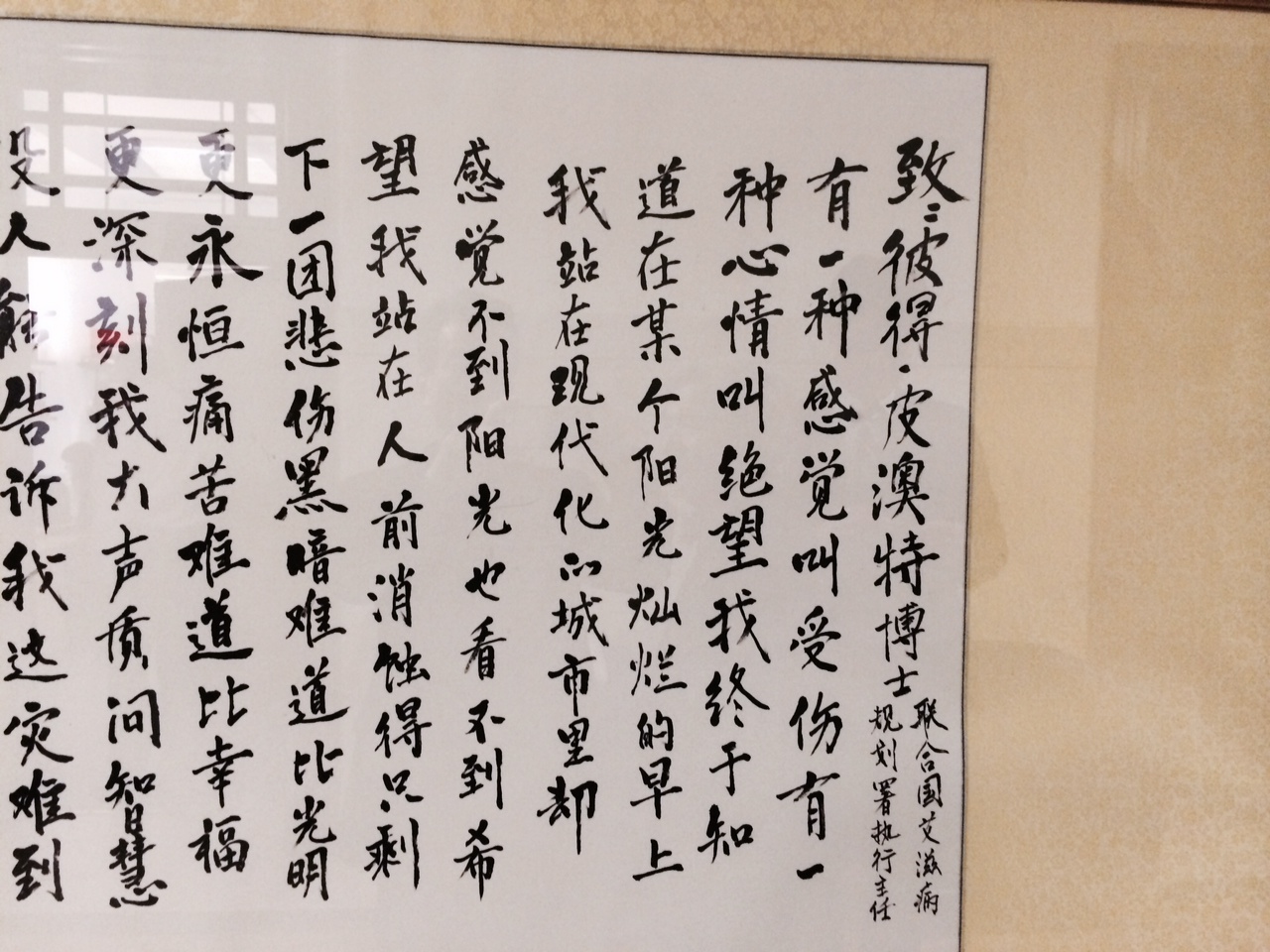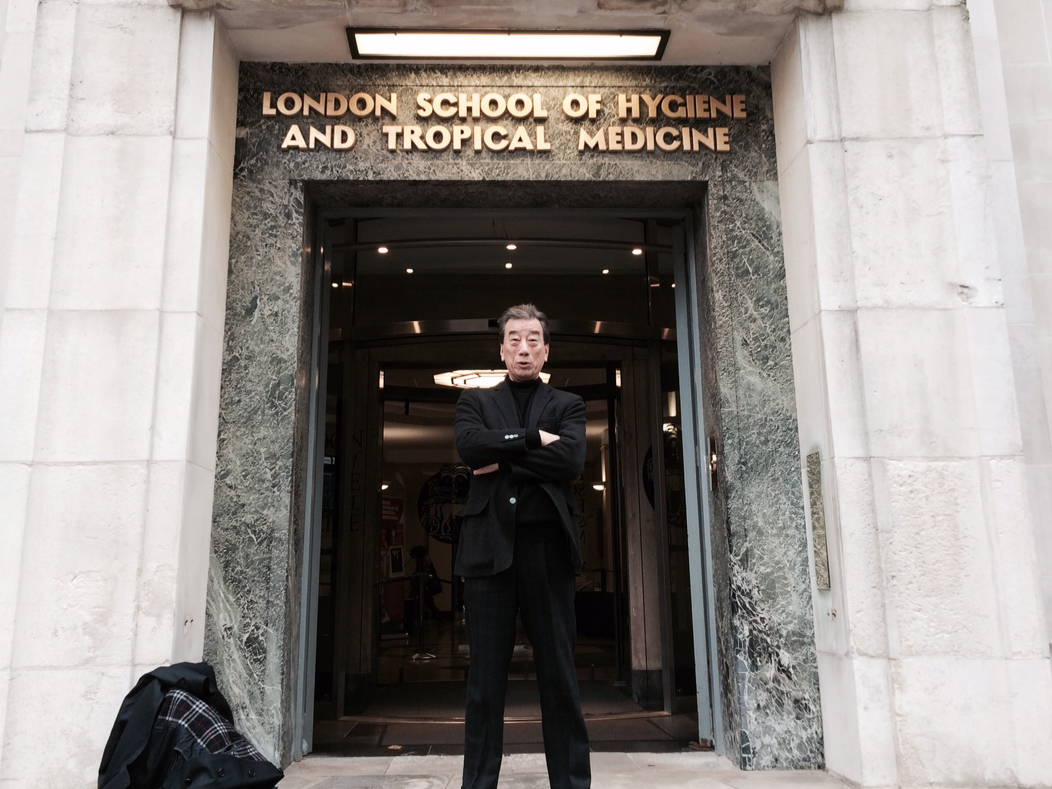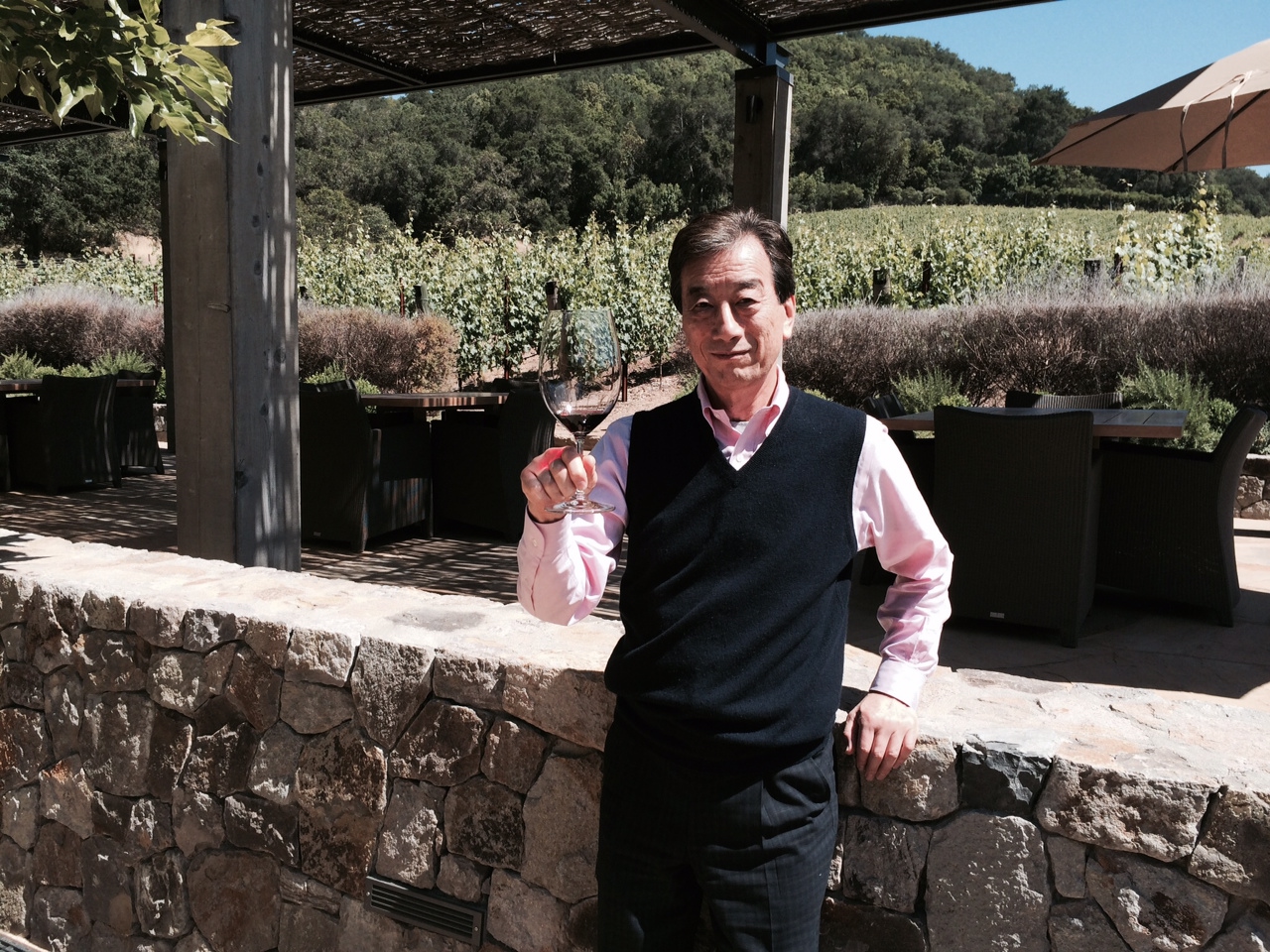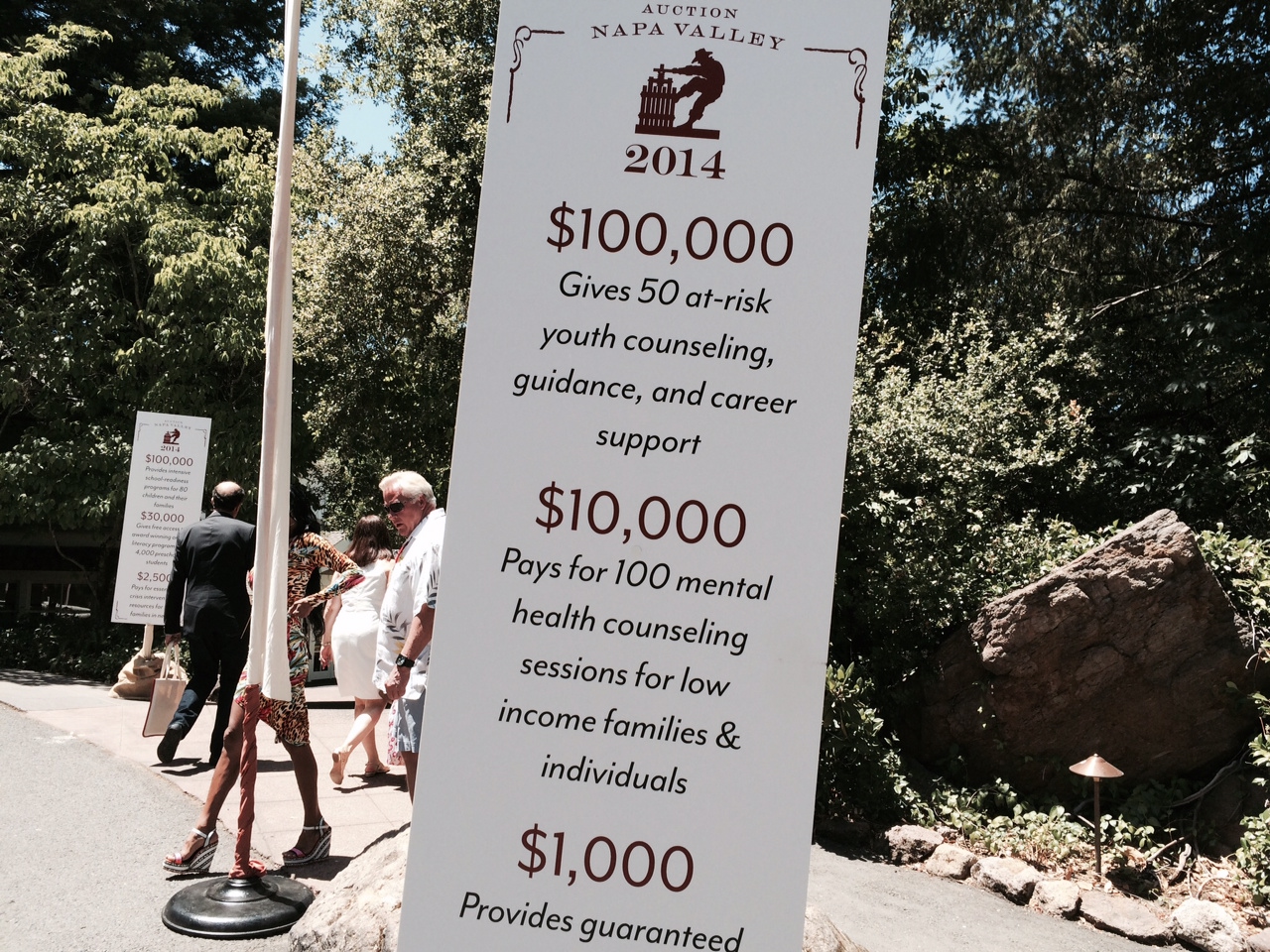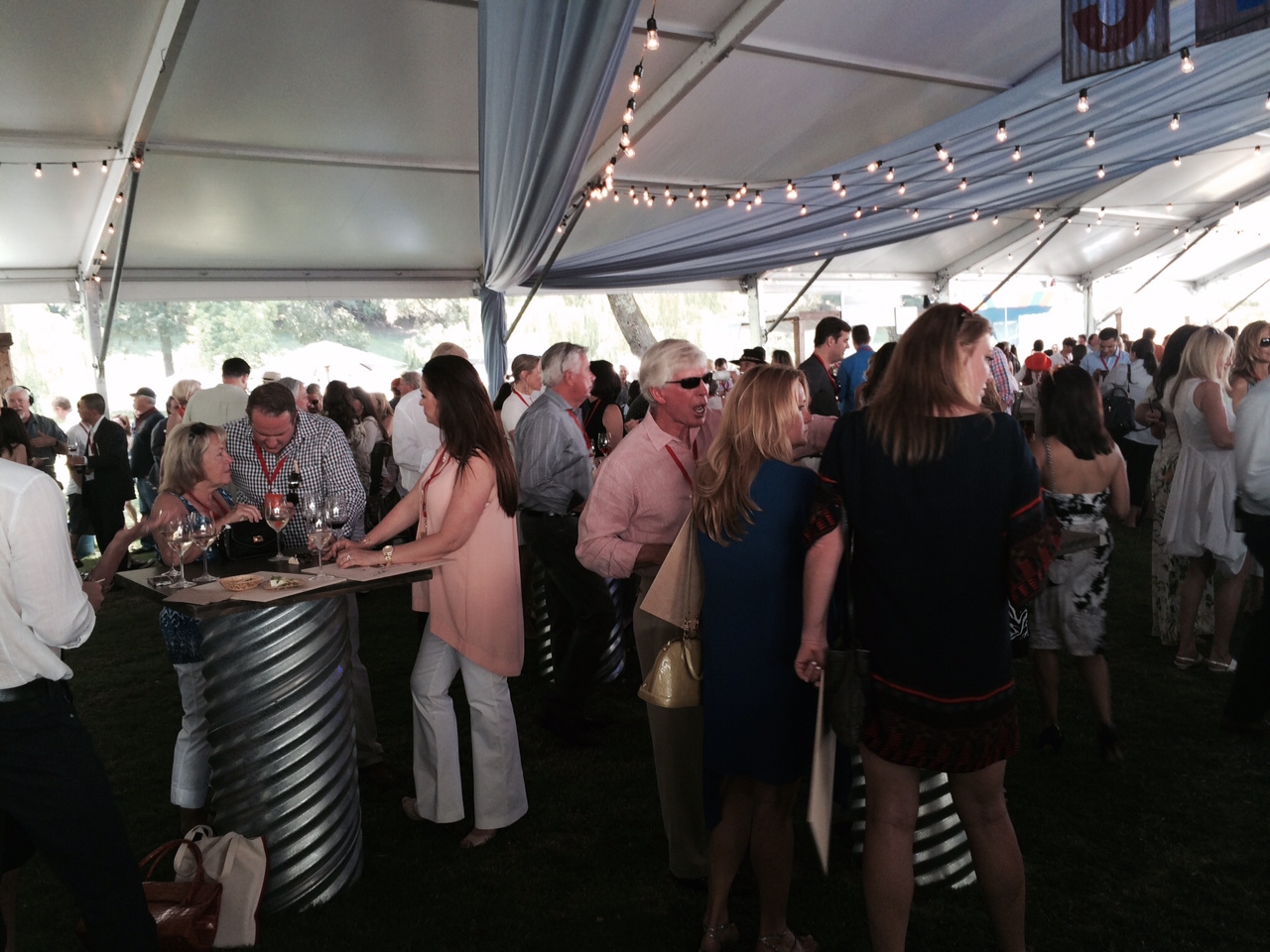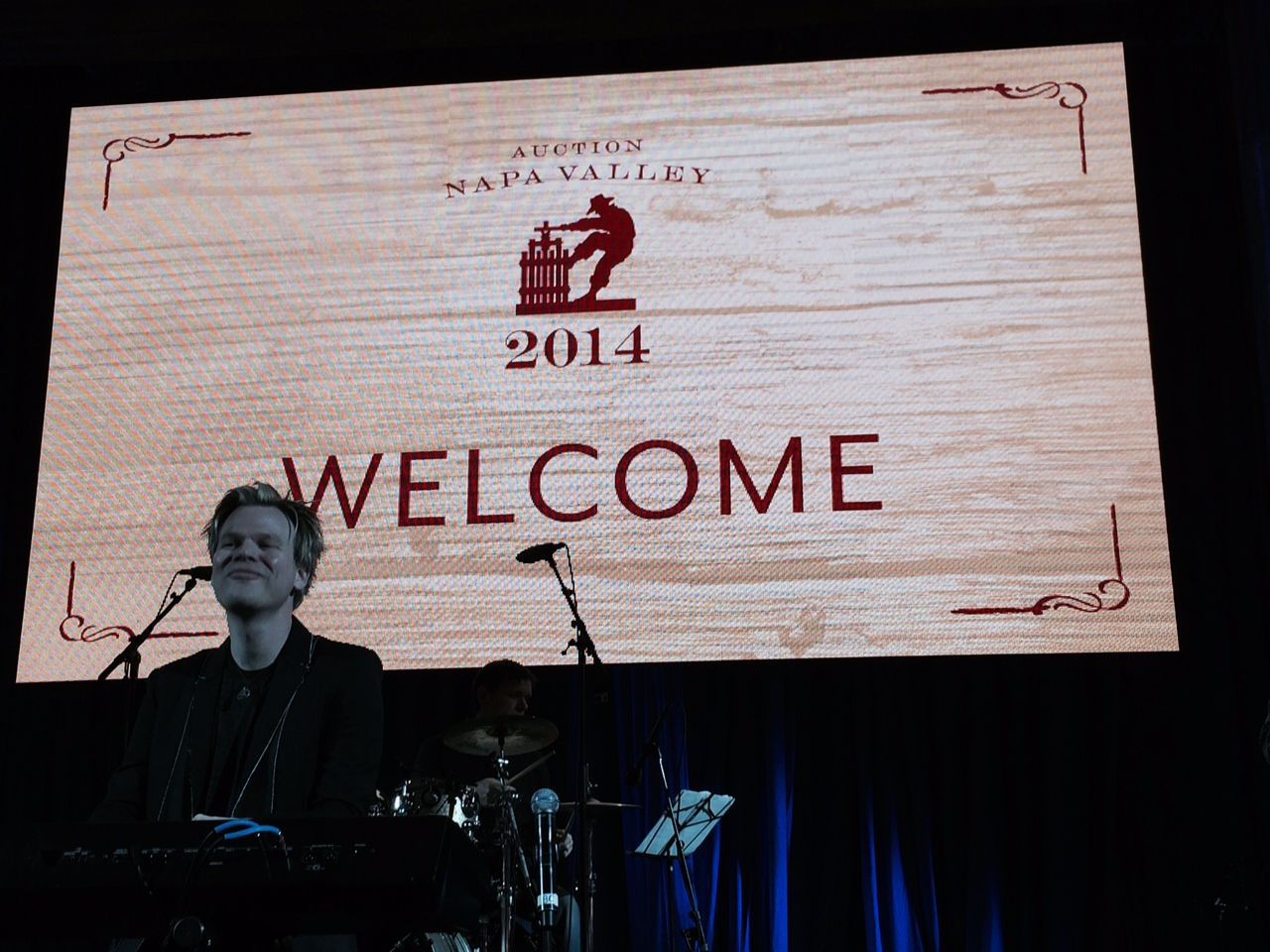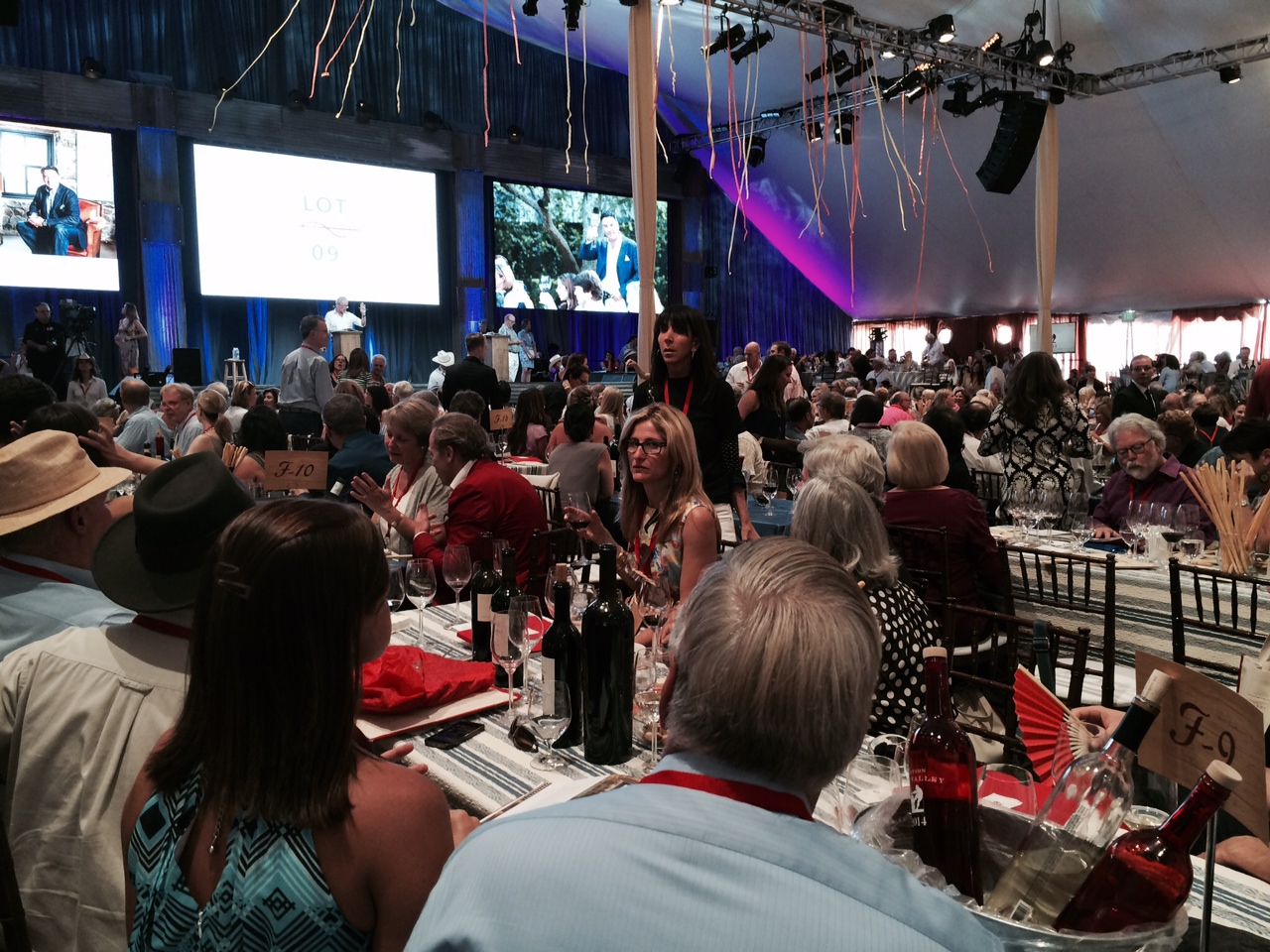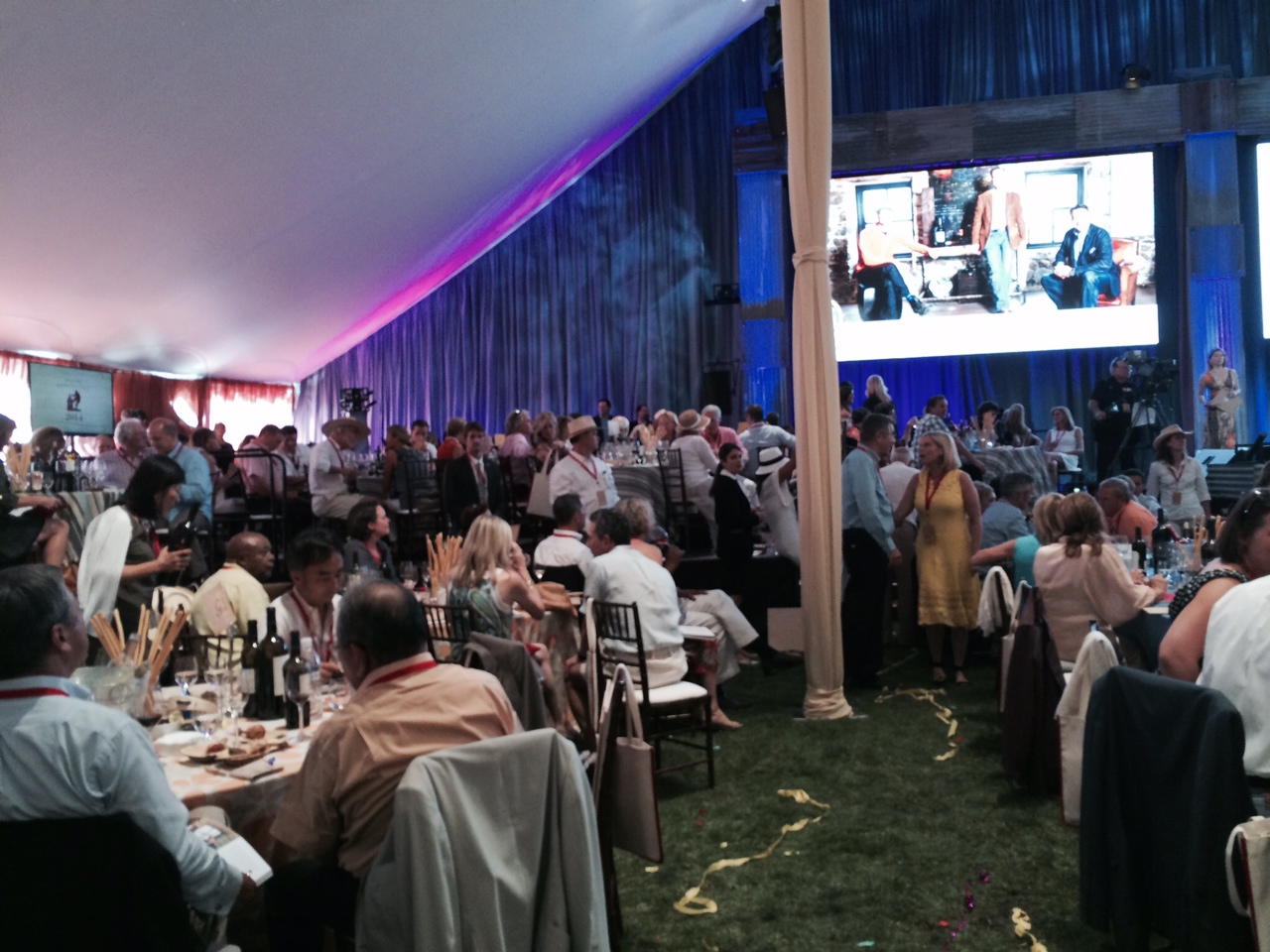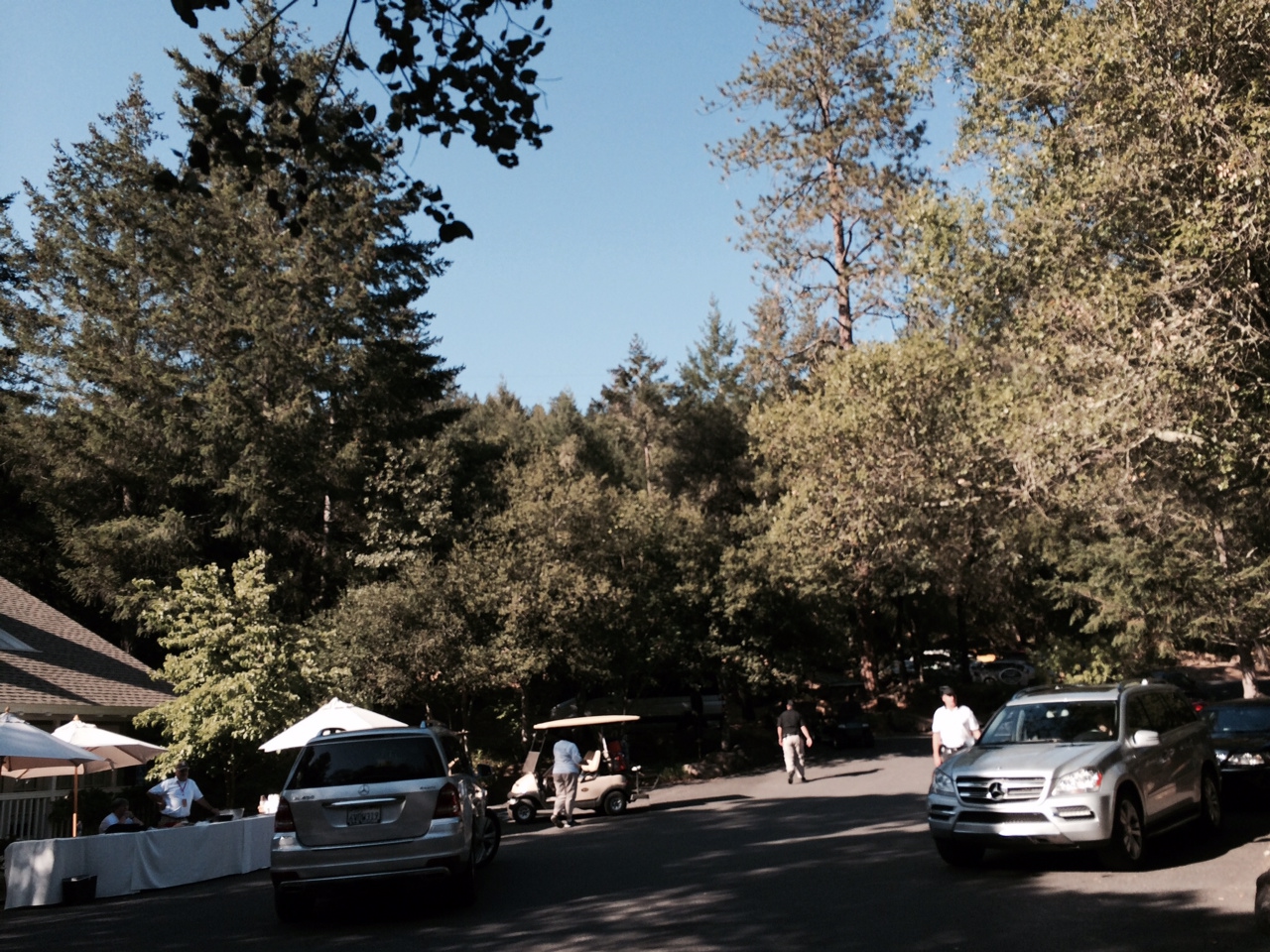The Dementia meeting at Todai over, I headed home for a small break. The same night, (23rd August), I had to head to Haneda to catch my flight to Nairobi via Dubai.
This was going to be the first time that the TICAD (1, 2, 3), now in its 6th Conference, was going to be held in Africa. I was on my way to Nairobi to organize and attend 3 pre-events that would be held before the actual meetings on the 27th and 28th of August.
It was late at night but there was already a long line at the Emirates counter, and many are most likely they were going to attend TICAD. Indeed, it was the first time I ever saw such long lines for a flight to Dubai. I also met some colleagues who were headed to the same destination.
The people at the counter seemed a bit puzzled as well, and I heard whispered speculations about what the reason might be. Since it was not particularly a secret that we were going to attend TICAD, I struck up a conversation and explained the reason for the unusual crowd.
You never know what small conversations like this can lead to. It turned out somehow that I was upgraded to first class for the whole Haneda-Dubai-Nairobi flight! I was very lucky.
We reached Nairobi as scheduled, and I headed to the Hilton hotel.
The weather was great, with a summer resort climate similar to Karuizawa (Nairobi is at an elevation of around 1,800m above sea level), although it is important to be careful not to get lost in the multitude of people!
On the 25th, we went to see the preparations for the TICAD. and I participated in two meetings the following day (the 26th); one with the organising committee for the Hideyo Noguchi Africa Prize and the other with the GHIT fund personnel.
In the evening, I was invited to the home of Yoshiyuki Sato (in Japanese 1, 2, 3), a very successful business man who has been in Kenya for more than 40 years. I thought that there would be more invitees, but it turned out that I was the only one invited.
The two-storied house was built on an area of around 1000 square metres, and was surrounded by nearly 1.5 hectares of lush green land. I sampled some of his wife’s cooking, with almost all the food coming from the farm. The wine, the pottery, the flowers, everything. Except for the meat, which had been bought, but I was informed that they had a herd of around 500 cattle, which was destined for the market.
Living in such an expansive manner, whether it be in physical terms like the house, or in spirit, must be liberating and a far cry from being cooped up in a crowded city. I think I understand this feeling.
